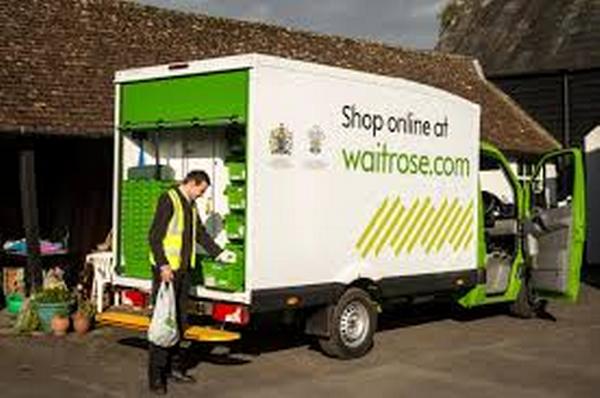Globally, only 10% of the required cold chain exists. This means that 40% of the food produced and over 25% of vaccines is wasted. Cooling accounts for a large amount of energy and increasing the cold chain capacity will increase the overall demand for electricity.
If the energy demand of this greatly expanded cold chain cannot be met by decarbonised electricity it will be met by burning dirty fuels. Reducing the cold chain energy demand necessitates operational changes and in particular logistics acceleration. The faster product is moved through the supply chain the less energy is required to keep it within the specified temperature constraints. More effective cold chains will reduce the amount of food and vaccine needed, and therefore reduce the amount of carbon emissions associated with its production.
SRF has developed a standard logisics and energy agent based model. This model accepts standardised descriptions of vehicles, warehouses, vans, factories, and retail outlets. This means that the model is ectremely scalable. ABM takes a given logistics demand and allows the agents (Companies, trucks, warehouses etc) to make autonomous decisions to improve their performance. As a consequence the model can self organise to develop robust efficient logistics operations for given cold chain scenarios. The model allows the researchers to develop robust design of experiments in which the rich model description of the real world can be exercised and the sensitivity of solutions can be analysed.
The use of agent based model allows scenarios to be evaluated quickly and efficiently – something that is not possible in the real world. The models will inform the design of low carbon cold chain operations for food and vaccine distribution.



